|
Spring is right around the corner! Are you and your lawn ready? Here are a few tips on how you can get your lawn in shape before spring arrives!
Prepare the soil- Late winter is a great time to prepare your flower and garden beds. Soil can become compacted during the winter months, so the first thing that should be done is to loosen the soil by tilling. This is also a good time to mix in compost or mulch. This is also a great time to test the pH and determine whether it is in a good spot for what you are planning to plant. Level Your Lawn- The biggest reason why you may need to level your lawn is because you have a drainage issue. This is a task that can be done during winter. You can level your lawn by adding a layer of topsoil. Adding topsoil improves the soil’s health, structure and the capacity in which it holds water. Look for Standing Water- Standing water is harmful in more ways than one. It can be harmful to your lawn because grass can’t handle being underwater. It can completely damage your lawn’s root structure. If the standing water gets really bad, it could even damage your home’s foundation. It’s important to get to the root of the problem and create a drainage system before it causes damage! Clean Out- Late winter & early spring is a great time to clean out your flower beds and gardens. Get rid of any weeds that have popped up, any dead plants and remove any debris! This will give you a nice clean slate to beginning planting for spring! Prune- Late winter & early spring is also the perfect time to prune because you can see the branch structure well and you can shape the plant before the buds break dormancy and the plant starts investing energy in its branches. However, make sure to do some research to make sure that the plant doesn’t bloom on old wood. Several plants bloom on old wood and shouldn’t be pruned until after blooming such as Camellia, Rhododendron, Forsythia, Hydrangea, Lilac, Magnolia, and Mountain Laurel. We are always here to help! Give us a call at (864) 777-8873! By: Hannah Raines Copyright Turf Boss 2022
0 Comments
Is your soil alkaline, acidic or neutral? In this case, let’s dig deeper into what it means for your soil to be alkaline.
Let’s start at the beginning, what is pH? pH is a gauge of the hydrogen concentration in a substance. pH is measured on a scale of 1-14 with 7 as the neutral mark. pHs of 1-6 are acidic, while pHs of 8-10 are alkaline. The pH of acidic soil is raised by adding lime and the pH of alkaline soil is lowered by adding sulfur. Sometimes alkaline soil can be referred to as sweet and has a pH of more than 7. Alkaline soil can typically be found in areas with little rain fall such as desert areas. Soil could also become more alkaline due to lime in hard water. Alkaline soil contains heavy amounts of sodium, calcium and magnesium. It can lead to stunted growth and nutrient deficiency in plants. pH can be lowered to create less alkaline soil by adding sulfur. pH can be raised to create more alkaline soil by adding lime. Several weeds thrive in alkaline soil. If certain weeds pop up, it could signal that the soil is alkaline. Weeds that grow in alkaline soil include Dandelions, Chickweed, Goosefoot & Queen Anne’s Lace. Some vegetables & flowers also thrive with slightly alkaline soil. These include Asparagus, Okra, Cucumbers, Zinnias, Hostas & Lavender. If you are curious about what your soil’s pH there are several DIY testing kits available at home & garden stores. You could also have a soil sample sent off to a lab for the most precise reading. We also offer free soil testing and yearly pH testing here at Turf Boss! Give us a call at (864) 777-8873 with any questions! By: Hannah Raines Copyright Turf Boss 2022 Is your soil alkaline, acidic or neutral? In this case, let’s dig deeper into what it means for your soil to be acidic.
Let’s start at the beginning, what is pH? pH is a gauge of the hydrogen concentration in a substance. pH is measured on a scale of 1-14 with 7 as the neutral mark. pHs of 1-6 are acidic, while pHs of 8-10 are alkaline. The pH of acidic soil is raised by adding lime and the pH of alkaline soil is lowered by adding sulfur. Sometimes acidic soil can be referred to as sour and has a pH of less than 7. Acidic soil can normally be found in wooded areas and is the reason why several woodland plants thrive in acidic soil. During decomposition, organic matter breaks down and makes the soil more acidic. Soil could also become acidic due to the use of chemical fertilizers or the leaching out of calcium & magnesium during a big rain. pH can be lowered to create acidic soil by adding fertilizers that contain ammonium-N. pH can be raised to create less acidic soil by adding lime. Several plants not only prefer, but thrive in acidic soil. Hydrangeas, Daffodils, Azaleas & Tomatoes are just a few plants that prefer acidic soil. If you are curious about what your soil’s pH there are several DIY testing kits available at home & garden stores. You could also have a soil sample sent off to a lab for the most precise reading. We also offer free soil testing and yearly pH testing here at Turf Boss! Give us a call at (864) 777-8873 with any questions! By: Hannah Raines Copyright Turf Boss 2022 Is your soil alkaline, acidic or neutral? In this case, let’s dig deeper into what it means for your soil to be neutral.
Let’s start at the beginning, what is pH? pH is a gauge of the hydrogen concentration in a substance. pH is measured on a scale of 1-14 with 7 as the neutral mark. pHs of 1-6 are acidic, while pHs of 8-10 are alkaline. The pH of acidic soil is raised by adding lime and the pH of alkaline soil is lowered by adding sulfur. For plants, it is important to know whether your soil is alkaline, acidic or neutral to know if the soil is healthy enough to grow certain plants. While most require neutral soil, there are certain shrubs and flowers that perform better when the soil is more alkaline or acidic. If the soil’s pH doesn’t fall into an acceptable range, no amount of fertilizer will improve plant health until the pH is balanced. Most plants prefer a more neutral soil with a pH level of 6-7! If you are curious about what your soil’s pH there are several DIY testing kits available at home & garden stores. You could also have a soil sample sent off to a lab for the most precise reading. We also offer free soil testing and yearly pH testing here at Turf Boss! Give us a call at (864) 777-8873 with any questions! By: Hannah Raines Copyright Turf Boss 2022 This time of year is so important for preparing your lawn for spring. Application of pre-emergent can prepare your lawn for a weed free spring! Prepare now, prevent later! What are you actually preventing when using pre-emergent? Listed below are just a few pesky weeds that like to pop up when preventative care isn't given to your lawn.
Want to prevent all of these weeds from popping up this spring? Give us a call! We are here to answer any of your questions about preventative care!
By: Hannah Raines Copyright Turf Boss 2022 The arrival of fall means that it is time to prepare your lawn for winter and beyond. Fall is the perfect time to prepare your lawn for the coming cold weather months and to ensure that your lawn comes back green in the spring. Fall is a great time because the air temperature is cooler, but the soil is still warm.
Before you begin to aerate, it is important that your lawn isn’t dry. The ground should be moist so you should either aerate the day after a rainfall, or water your lawn the day before. The most effective way to aerate your lawn is with a machine called a core aerator. The core aerator pulls out small cores of grass and soil. After aerating, spread fertilizer. Then, overseed your lawn. After overseeding, rake the grass seed in, to make sure there is good seed-to-soil contact. Finally, make sure that you are properly watering your lawn to ensure that the new grass seeds will grow.
Turf Boss offers services to aerate and overseed your lawn for you! If you have any questions or concerns about your lawn, drop us a comment, send us a message, or give us a call. We will be happy to answer any of your questions! By: Hannah Raines Copyright Turf Boss 2021 Rain + Summer Heat = The Perfect Combination for Fungus & Disease.
Are you seeing patches of discoloration pop up on your lawn? These could be fungus or disease trying to attack your lawn. Give us a call as soon as you see these patches! The earlier these patches are addressed and treated, the better chance you have of saving your turf. How do you spot these patches? If you are looking at your yard look for any sort of irregularity. Look for areas that are brown, darker than normal or seem to be lower than your other turf. These patches can come on FAST. You may have just seen a perfectly green yard two days before and then all of a sudden today you have patches popping up. Don’t wait before calling for help. The longer the fungus or disease is able to spread, the more damage that will be done. Fungicide needs to be applied as soon as possible to stop the spread. If you notice any irregularity at all, send us an email or give us a call so that we can get your yard back to it’s former glory! If you’ve noticed in our weekly posts about summer weeds, it seems like all of them are deterred when a lawn is rich with nitrogen. But what exactly does nitrogen do for grass other than keep the weeds away?
You’ve probably noticed that on most fertilizer bags, the key ingredient is nitrogen. That is because every plant needs it to survive and thrive. Nitrogen is the single most important nutrient to add to your lawn. It helps grass grow above the soil and then helps it photosynthesize. Without nitrogen, plants are unable to produce enough chlorophyll. Without chlorophyll, plants are unable to produce energy and feed themselves to grow. If a lawn doesn’t have enough nitrogen, the grass will be weak and susceptible disease. Think about it like our immune system. If we eat healthy foods and intake the correct vitamins and minerals, we have a strong immune system and thrive. If we eat unhealthy foods and don’t get the correct vitamins and minerals, we have a weak immune system and are susceptible to getting sick more often. Nitrogen keeps the grass healthy and thriving. Moral of the story: make sure your grass (and really all of your plants) have plenty of nitrogen! By: Hannah Raines Copyright Turf Boss 2021 Summer is right around the corner, are you ready? And more importantly, is your lawn ready?
Before the weather gets too warm, it is important to make sure that your lawn is cleared of thatch. If the thatch build-up is too much, it can be blocking sunlight and can prevent water reaching the roots of your grass. Just make sure that you don’t wait too long to dethatch. If you try to dethatch in the heat of the summer, you can cause stress to your grass and cause damage. (For more information, check out our previous blog post about dethatching.) Fertilization is also an important step to keep your lawn healthy. Applying fertilizer supplements nutrients in the soil and keeps your grass growing healthy and thick. Spring is a good time to fertilize your yard and should take place before 30 days before the highest summer temperatures. Next, make sure that your lawn is mowed regularly. Mowing keeps your grass healthy and growing strong. However, be careful that you don’t cut away too much grass. No more than 1/3 of the length of the grass blade should be cut at a time. It is also important in the hot summer months that you leave your grass blades a little bit longer. Keeping your grass slightly longer helps protect the grass roots and conserves moisture in the soil. Mowing every other week is fine, but if you are watering and fertilizing your lawn then you should be mowing weekly. Watering correctly is extremely important in the summer months. The summer heat can dry out your lawn if you aren’t careful. Make sure that you are watering less often, with more water, rather than less water, more often. This creates a deep root system for your lawn. Watering everyday is not recommended because you will create a shallow root system. Also, make sure that you don’t water in the heat of the day. The water will just evaporate instead of being absorbed. Watering early in the morning or later in the evening are the best times to ensure your lawn is watered correctly. These are just a few tips to get you started preparing for the summer months! If you have any questions or concerns about your lawn, drop us a comment, send us a message, or give us a call. We will be happy to answer any of your questions! By: Hannah Raines Copyright Turf Boss 2021 Thatch is a layer of build-up that contains dead grass, debris and roots. This forms a layer between the surface of the soil and the grass blades. The layer can become thick and keeps water, air, and nutrients from reaching the soil. This can then cause pests and diseases in your lawn. It is important that the thatch is removed. This process is known as dethatching. A lawn needs to be dethatched every so often. This is often overlooked, but it is very important for the health of your lawn. Dethatching should take place at least once a year. Whenever the layer of thatch has a thickness of around half an inch, that is the time to dethatch. Spring is the perfect time to dethatch your lawn because the weather isn’t too warm. If you dethatch in the heat of the summer it could cause damage to your grass. Thatch can be removed by using a special dethatching rake or a dethatching machine, depending on how large the area is.
We can let you know if your thatch build-up has become too much. Now is the perfect time to dethatch so you have a healthy lawn before summer. By: Hannah Raines Copyright Turf Boss 2021 |
All the information you need to improve your lawn. Check back weekly to see our next blog or vlogs. We love to teach and post every Wednesday.
AuthorTurf Boss post educational articles, videos, newsletters, and vlogs to help you learn about how to best care for your turf, shrubs, and outdoor pest. Archives
February 2022
Categories |
|
Service Area:
We proudly service Greenville, Greer, Taylors, Mauldin, Simpsonville, Five Forks, and surrounding Upstate cities in South Carolina for lawn care and landscaping services. Call us today at 864.777.TURF to see why we are the premier lawn and landscape company of the Upstate. |
Contact Information:
864-777-TURF (8873)
[email protected] |

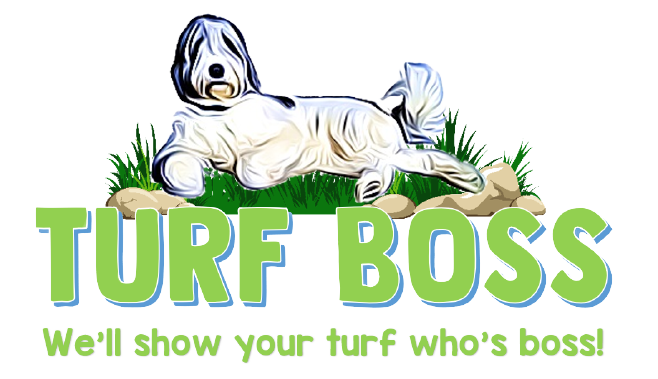
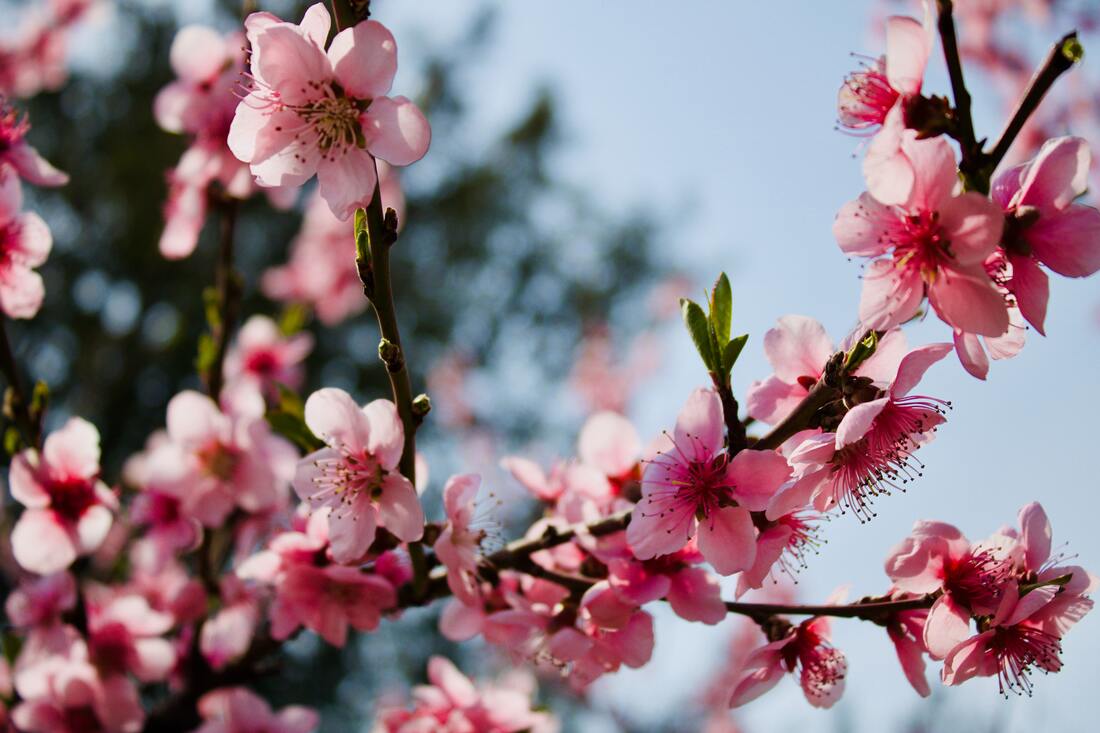



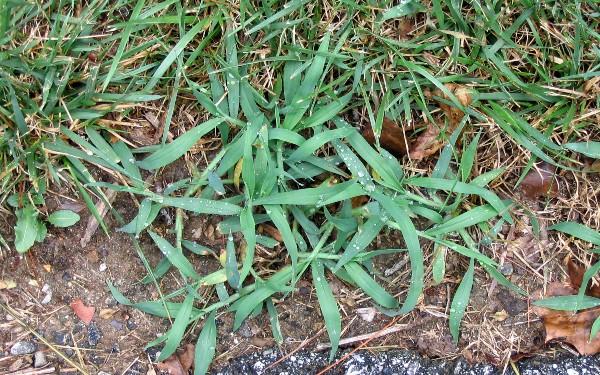


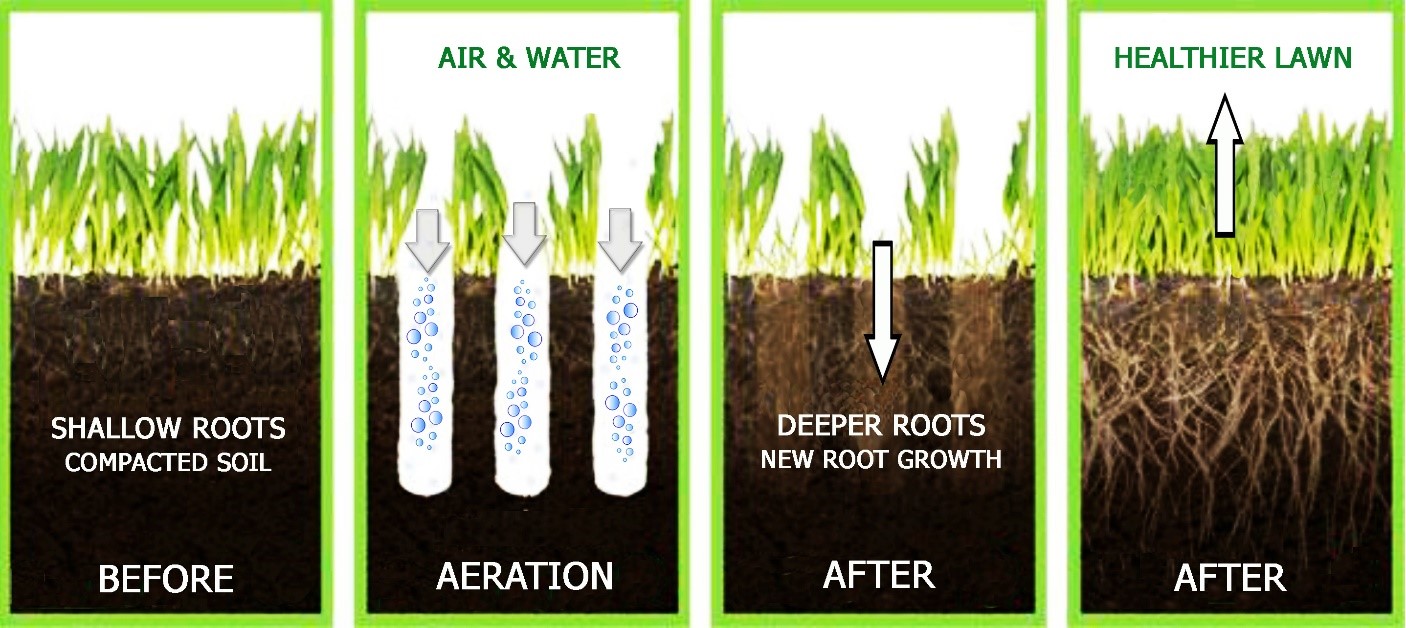
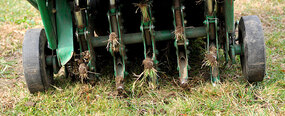


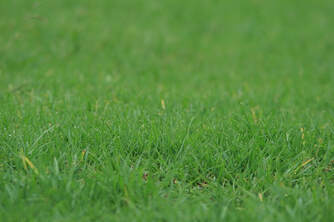
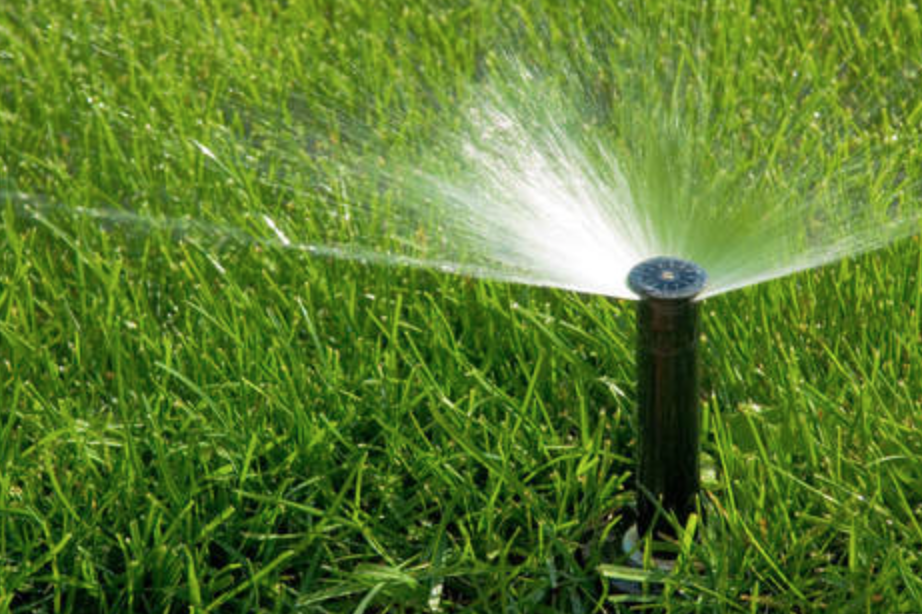

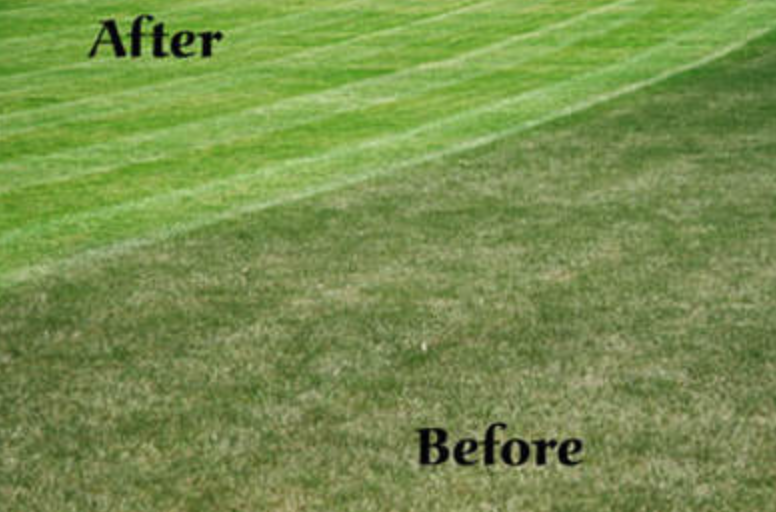
 RSS Feed
RSS Feed
